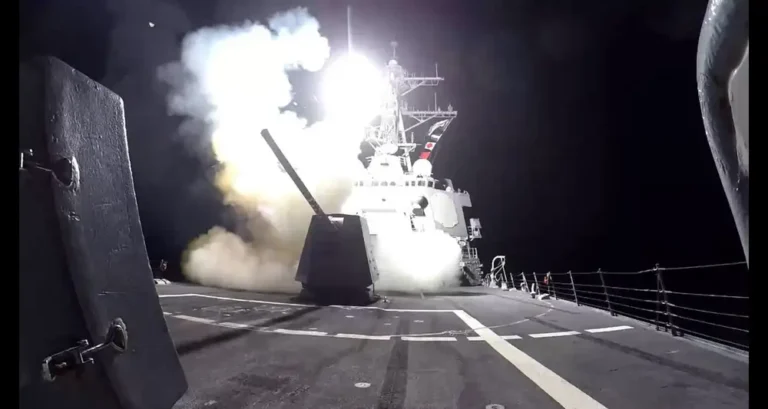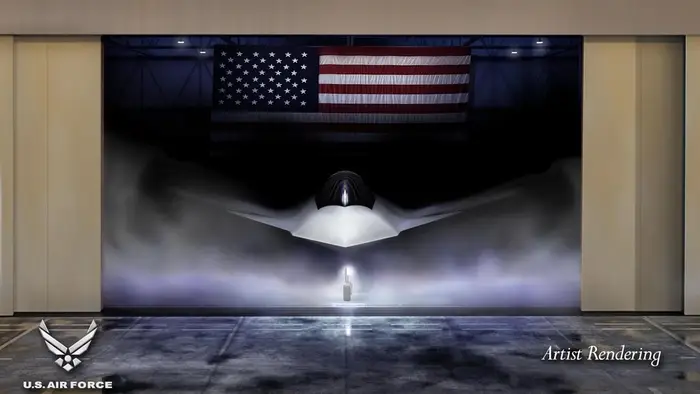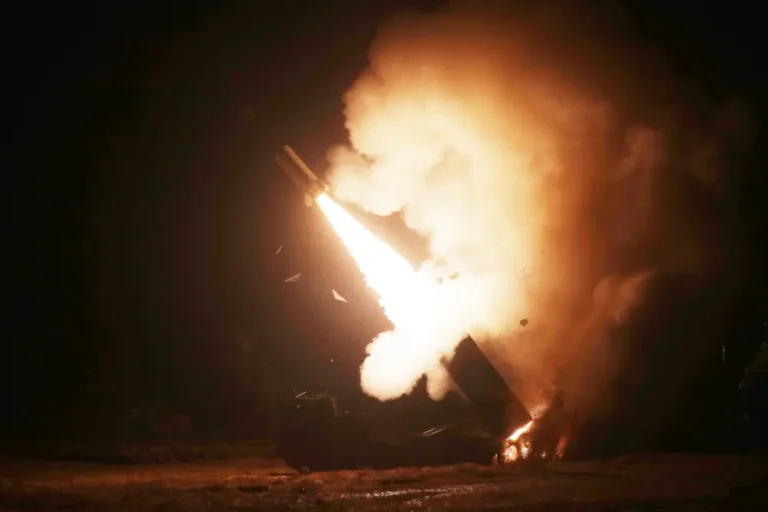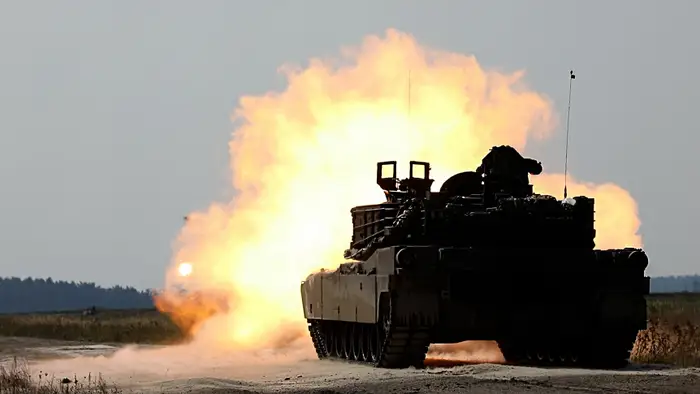US Navy aviators killed in stateside Growler fighter jet crash flew combat strike missions off a carrier in the Red Sea fight
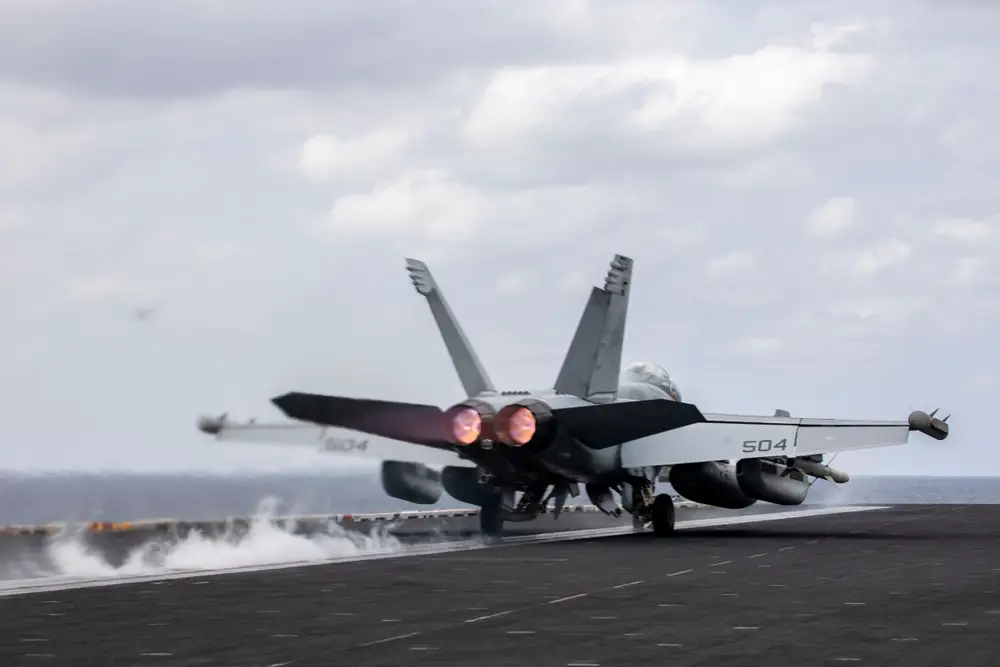
An E/A-18G Growler aircraft, attached to Electronic Attack Squadron 130, takes off from the Nimitz-class aircraft carrier USS Dwight D. Eisenhower in the Red Sea.
The two US Navy aviators who were killed in a fighter jet crash in the United States last week had recently returned from flying combat missions against the Houthis.
Lt. Cmdr. Lyndsay Evans and Lt. Serena Wileman were killed when their EA-18G Growler crashed during a training flight near Washington’s Mount Rainier on October 15, the Navy said Monday.
In a statement, the Navy’s Carrier Strike Group 2, which is led by the flagship USS Dwight D. Eisenhower, described Evans and Wileman as two “highly skilled, combat-decorated” aviators. It said they had recently returned from a Middle East deployment with Electronic Attack Squadron 130, which flies the Growler, an electronic-warfare aircraft made by Boeing.
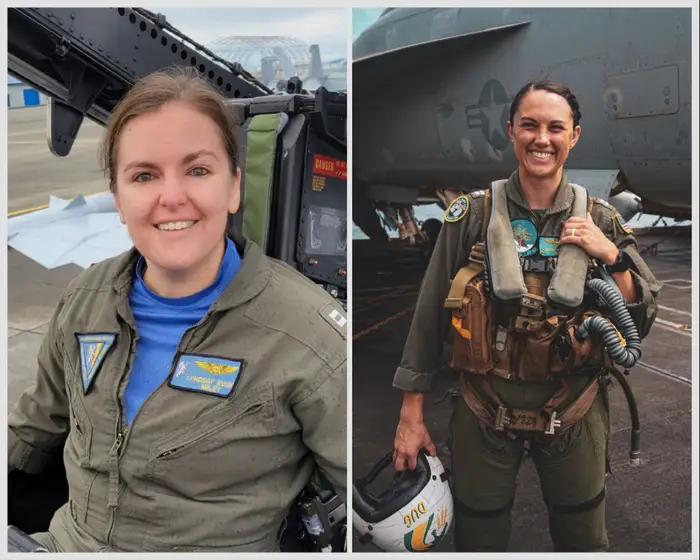
Lt. Cmdr. Lyndsay “Miley” Evans and Lt. Serena “Dug” Wileman
The squadron spent nine months aboard the Eisenhower aircraft carrier, which acted as the lead ship for the bulk of the Navy’s counter-Houthi campaign in late 2023 and during the first half of 2024.
The Ike and its multiple squadrons mainly operated from the Red Sea, where they helped defend merchant shipping lanes from relentless Houthi attacks. American forces have routinely shot down missiles and drones launched by the rebels and carried out strikes against them in Yemen over the past year.
The Navy said that Evans and Wileman planned, coordinated, and flew multiple strikes into Houthi-controlled territory of Yemen during their monthslong deployment, making them two of the few women to fly combat missions over land.
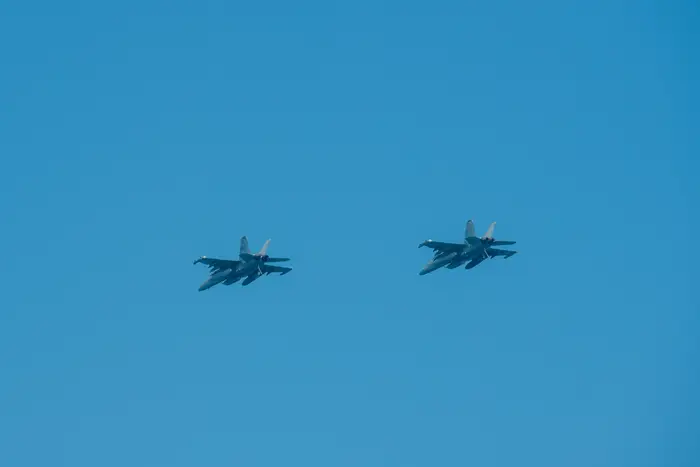
E/A-18G Growlers participate in flight operations above the Arabian Gulf.
US airstrikes in Yemen have targeted Houthi weapons, launchers, radars, storage facilities, and other military sites used by the Iran-backed rebels, the aim being to degrade their capabilities.
Evans was awarded two Single Action Air Medals for her role during strikes in January and three Strike Flight Air Medals for actions during missions between December and March.
And Wileman was awarded three Strike Flight Air Medals for her role in combat missions between December and April.
The Navy credited Evans with helping to develop and execute new warfare approaches, noting that “the tactics, techniques, and procedures for the EA-18G she pioneered defending against Houthi aggressions directly contributed to the successful defense of the entire CSG and will be used as a template for adaptability at the unrelenting pace of combat in future fights.” Wileman was celebrated for her “calm and collected demeanor under pressure,” even during combat operations.
“During their deployment, both Evans and Wileman distinguished themselves in combat operations,” the Navy said of the aviators, who went by the call signs “Miley” and “Dug,” respectively.
“Their efforts directly contributed to the Navy’s mission defending US and Coalition forces while keeping the seas open and free with precision and purpose,” the sea service said, adding that “these role models cemented legacies by making history that will inspire future generations of Naval officers and aviators.”


